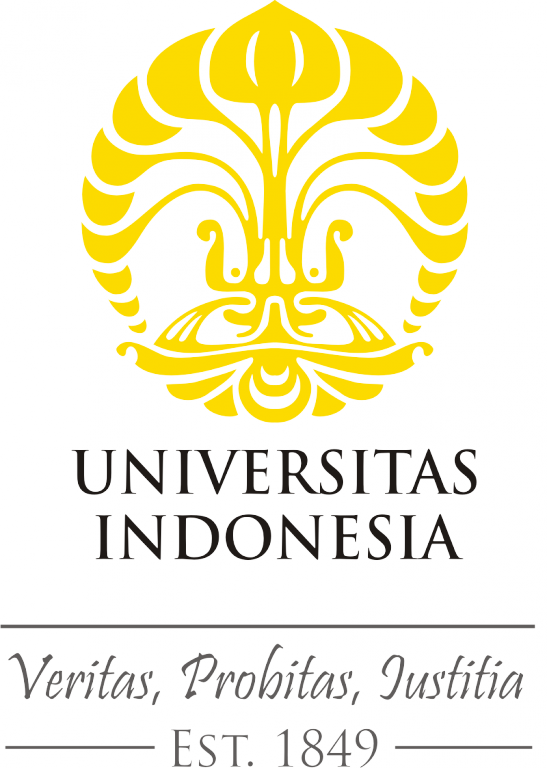Essentials of Statistics for the Behavioral Sciences (MindTap Course List) 10th Edition (INSTRUCTOR'S MANUAL)
Type: Instructor's Manual (Khusus Do


| Call Number | SEM-341 |
| Collection Type | Indeks Artikel prosiding/Sem |
| Title | THE APPLICATION OF MOTION PATTERN RECOGNITION IN THE BEHAVIOMETRICS OF HUMAN KINEMATICS |
| Author | Andar Bagus Sriwarno; |
| Publisher | Prosiding seminar nasional aplikasi teknologi informasi 2009, Yogyakarta 20 Juni 2009 (SNATI) |
| Subject | behaviometrics, motion pattern, video acquitition |
| Location |
| Nomor Panggil | ID Koleksi | Status |
|---|---|---|
| SEM-341 | TERSEDIA |